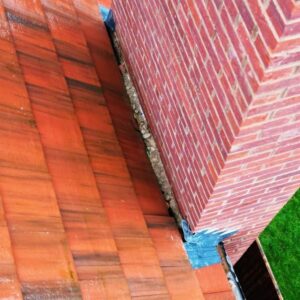
Latest News
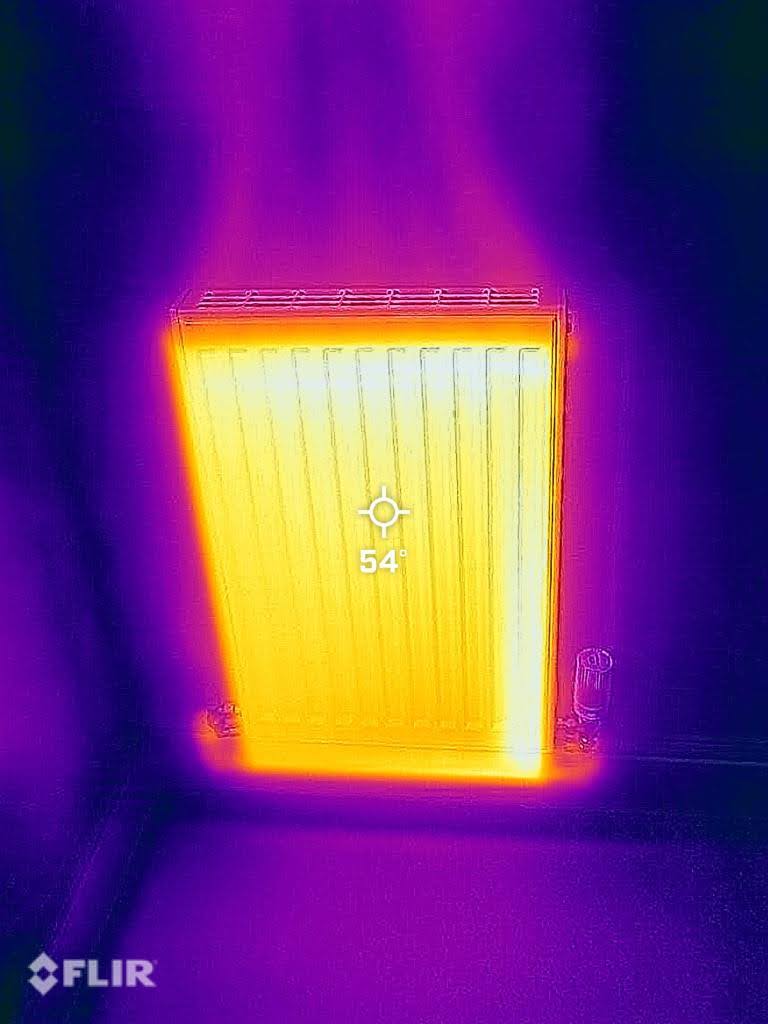
In the realm of construction and home inspections, snagging lists play a crucial role in ensuring that new builds meet the highest quality and safety standards. Traditionally, these lists were manually compiled, detailing any minor defects or unfinished work that needed addressing before the completion of a project. However, the evolution from these manual methods to the incorporation of advanced technologies has transformed the snagging process, making it more efficient, accurate, and streamlined.
The snagging process is a collaborative effort that involves multiple key stakeholders, each with a specific role and responsibility:
This process emphasises collaboration and accountability, ensuring that every snag is addressed to deliver a project that meets all agreed-upon standards and expectations.
A comprehensive snagging list covers various aspects of a construction project, identifying issues that range from minor cosmetic flaws to more significant defects that could affect the building’s integrity and safety. Common issues identified during snagging inspections include:
These issues, while often appearing minor, can lead to more significant problems if not addressed promptly. The snagging process ensures that every detail, no matter how small, is accounted for, contributing to the overall quality and safety of the construction project.
The advent of advanced technologies has significantly enhanced the efficiency and effectiveness of snagging inspections in the construction industry. These innovations offer precise detection, comprehensive coverage, and streamlined processes, revolutionising traditional methods. Here’s how each technology plays a pivotal role:
Thermal imaging technology is instrumental in detecting insulation flaws and cold air ingress in buildings. By capturing temperature variations on surfaces, it identifies areas where insulation may be missing or inadequate. This capability is crucial for enhancing a building’s energy efficiency and safety, as proper insulation is essential for maintaining temperature control and reducing the risk of fire.
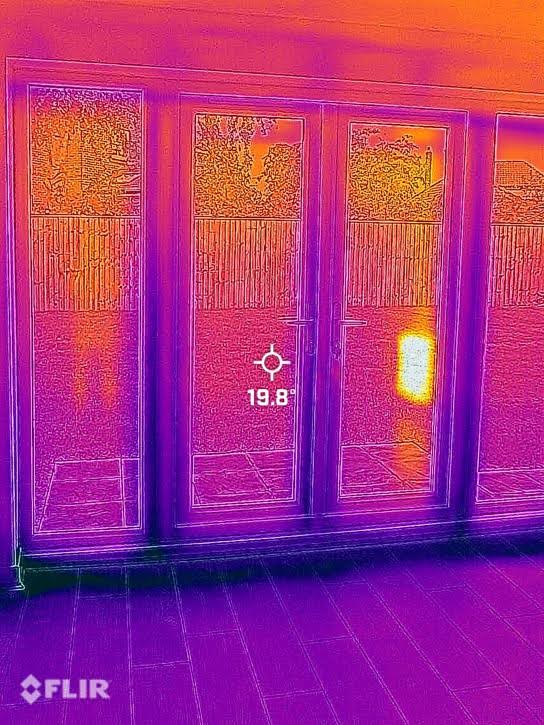
Drones have transformed roof and external structure inspections by providing aerial photography that captures comprehensive views of a building’s exterior. This approach allows for the inspection of hard-to-reach areas, such as roof tiles, gutters, and downpipes, without the need for scaffolding or ladders. Drone technology ensures a more thorough and safer inspection process, identifying potential issues that might not be visible from the ground.
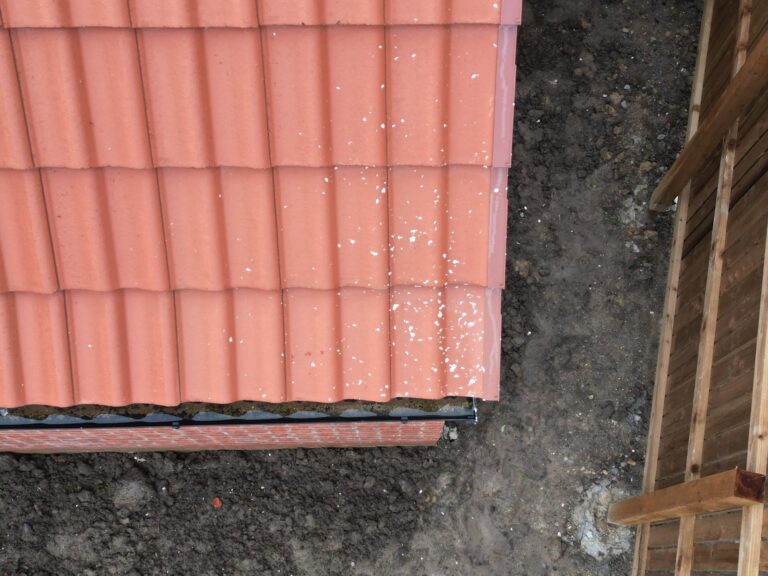
Laser measuring tools bring unprecedented precision to the measurement of spaces within construction projects. These devices can quickly and accurately measure distances, areas, and volumes, ensuring that dimensions are exact and align with construction plans. The use of laser measuring equipment enhances the accuracy of snagging reports, contributing to the overall quality and integrity of the building project.
Software solutions have digitised the entire snagging process, from the creation of snag lists to their tracking and resolution. This digital approach facilitates seamless communication between stakeholders, ensuring that all parties are updated on the snagging process’s progress. By eliminating paper-based methods, it enhances efficiency and reduces the potential for errors, making the snagging process more effective and environmentally friendly.
Digital platforms offer real-time visibility into the snagging process, providing instant updates on the resolution progress of identified issues. With the capability to generate comprehensive snag list reports at the touch of a button, these platforms significantly reduce administrative overhead. This efficiency not only speeds up the resolution process but also enhances transparency among stakeholders.
The integration of mobile devices into the snagging process allows for on-the-go creation and access to snag lists directly from the construction site. This innovation eliminates the need for follow-up office work, streamlining the inspection process. Inspectors can now capture and upload photos, videos, and notes to the snag list in real time, ensuring that all information is accurate and up-to-date.
These advanced technologies represent a significant leap forward in the snagging inspection process, offering benefits such as improved accuracy, efficiency, and safety. By embracing these innovations, the construction industry can achieve higher standards of quality and customer satisfaction.
The adoption of advanced technologies in the snagging process has had a profound impact on the efficiency and effectiveness of identifying and resolving construction defects. Here’s how these innovations are making a difference:
Advanced snagging equipment and software provide precise measurements, detailed imagery, and comprehensive data analysis, leading to the identification of defects that might be overlooked with traditional inspection methods. This increased accuracy helps in addressing potential issues before they escalate into more significant problems, ensuring the integrity and safety of the construction project.
With real-time data capture and communication, stakeholders can quickly identify and address snags, significantly reducing the time required to resolve issues. Mobile device integration and paperless software streamline the process further, enabling immediate action and follow-up.
The detailed analysis and prompt resolution of snags contribute to the overall quality of construction projects. By ensuring that every aspect of a project meets or exceeds industry standards, advanced technologies play a critical role in delivering superior results that satisfy stakeholders and exceed client expectations.
The efficiency and effectiveness of the snagging process directly impact client satisfaction. By utilising advanced technologies to ensure thorough inspections and swift issue resolution, construction firms can build trust and confidence with their clients, leading to positive outcomes and lasting relationships.
In conclusion, the integration of advanced technologies and equipment in the snagging process represents a significant advancement in construction quality assurance. By enhancing the precision, speed, and comprehensiveness of snagging inspections, these innovations are setting new standards for excellence in the construction industry.
As we look toward the future, the landscape of snagging technologies is poised for further innovation, with several advancements on the horizon that promise to revolutionise snagging inspections even more profoundly.
Augmented Reality (AR) holds significant potential for transforming snagging inspections. By overlaying digital information—such as snagging lists, architectural plans, or thermal imaging data—directly onto a live view of the construction site, AR can provide inspectors with real-time, actionable insights. This integration could drastically improve the efficiency and accuracy of identifying defects, allowing for immediate rectification and decision-making on-site.
The integration of Artificial Intelligence (AI) and Machine Learning (ML) with snagging technologies could automate the detection of defects and predict potential issues before they arise. By analysing vast amounts of data from past projects, AI algorithms can learn to identify patterns and anomalies that may indicate a snag, streamlining the inspection process and preemptively addressing problems.
IoT devices and smart sensors embedded in construction materials and buildings can monitor structural health, environmental conditions, and other critical parameters in real-time. This continuous monitoring can alert inspectors to potential issues as they develop, facilitating a proactive approach to snagging and maintenance.
The role of advanced technologies in modernising the snagging process cannot be overstated. By enhancing accuracy, efficiency, and accountability, these innovations ensure that new builds meet the highest standards of quality and safety. The future of snagging inspections looks promising, with technologies like AR, AI, IoT.
As the construction industry continues to evolve, it’s crucial for professionals to embrace these technological advancements. Staying at the forefront of innovation not only ensures competitiveness but also guarantees customer satisfaction by delivering projects that are of superior quality and built to last.
To learn more about how advanced snagging technologies can benefit your projects, or to schedule a snagging inspection with the latest tools and equipment, don’t hesitate to get in touch:
Embracing the future of snagging technologies is not just about adopting new tools; it’s about committing to excellence, safety, and client satisfaction in every project undertaken.


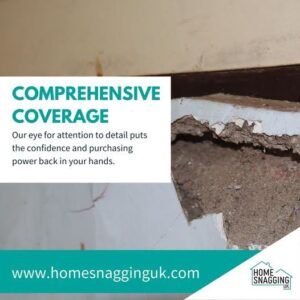
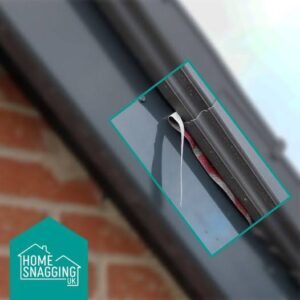
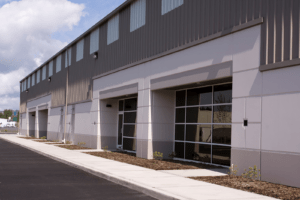

Barnsley
Beverley
Birmingham
Chester
Chesterfield
Coventry
Derby
Dewsbury
Doncaster
Grantham
Grimsby
Huddersfield
Hull
Huntingdon
Leeds
Leicester
Lincoln
Manchester
Mansfield
Newcastle
Nottingham
Peterborough
Rotherham
Scunthorpe
Sheffield
Shrewsbury
Stoke
Telford
Wakefield
Warwick
Wolverhampton
Worksop
York
We’re home snagging specialists with over 20 years of experience snagging new build homes. We identify construction defects, big or small, that your developer may have missed. We are fully qualified surveyors who work with our customers to make sure they get the perfect home.
© Home Snagging UK 2025
Website Maintained By Be My Social